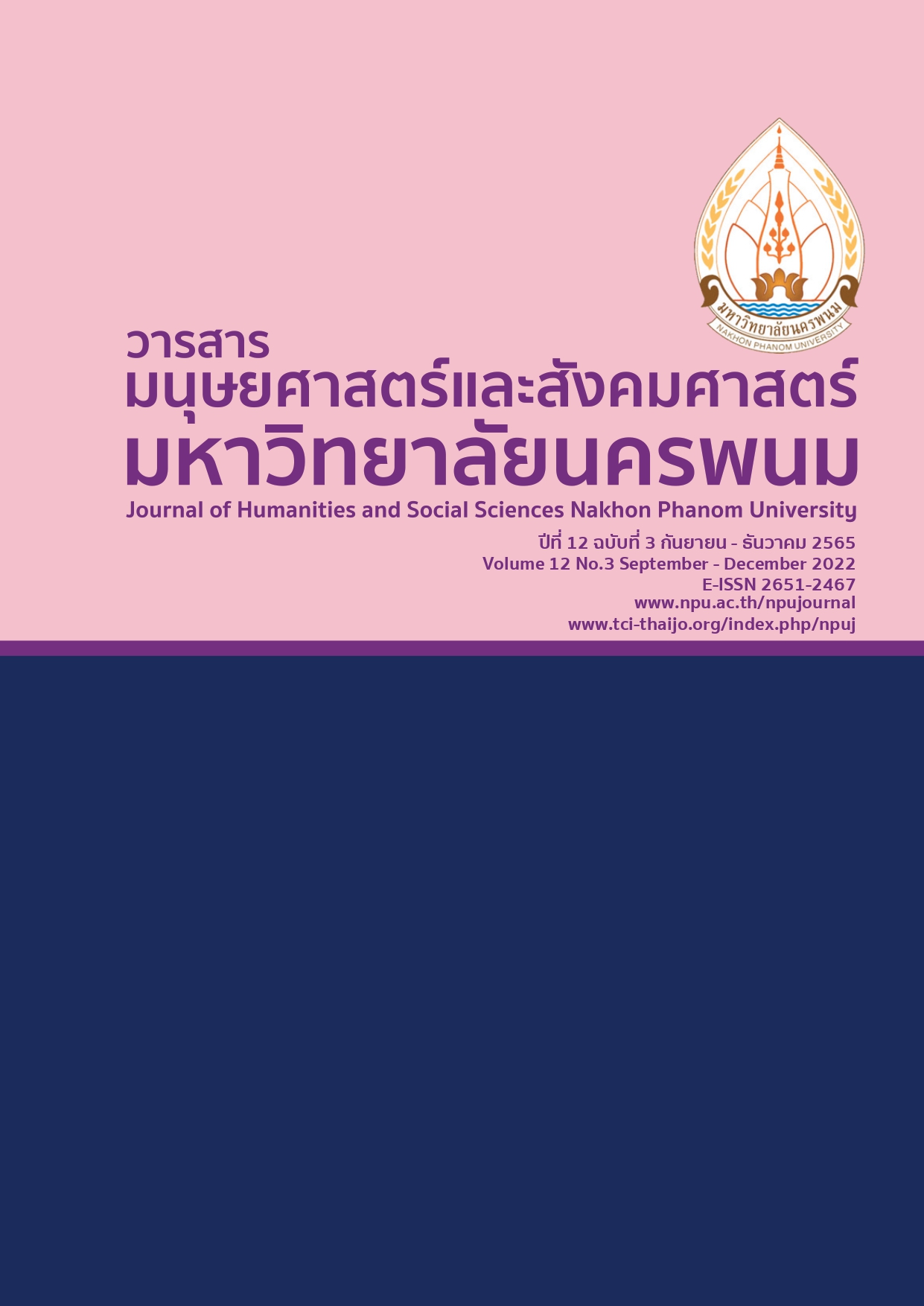Confirmatory Factor Analysis of the Organizational Innovation Management of Science High School in Thailand
Main Article Content
Abstract
The purposes of this study were: to investigate components and indicators of the organizational innovation management of science high school in Thailand and and to verify the correlation between the components and indicators of model and the empirical data. The instrument was a 5 rating-scale questionnaire with reliability 0.60-1.00 and validity 0.79. The sample consisted of 420 administrators and teachers in 12 Princess Chulabhorn Science High Schools, obtained through multi-stage random sampling. The data were analyzed by using descriptive statistics and confirmatory factor analysis with IBM SPSS Statistics and Mplus7 program. The results of the study revealed that: 1) The organizational innovation management of science high school in Thailand consisted of 5 components: (1) Flexible Sture Management; (2) Innovation Policy; (3) Knowledge Management; (4) Innovative Culture; and (5) Innovation Network 2) The structural validity model of the organizational innovation management province was consistent with the empirical data as χ 2 = 74.32, Df= 57, P-Value = 0.06, RMSEA= 0.02, SRMR = 0.03, CFI = 0.99 and TLI = 0.98
Article Details

This work is licensed under a Creative Commons Attribution-NonCommercial-NoDerivatives 4.0 International License.
References
Adair, J. E. (1996). Effective Innovation: How to Stay Ahead of the Competition. London: Pan Books.
Alice Lam (2021). Innovative Organizations: Structure, Learning and Adaptation. Retrieved June 2021, from https://www.bbvaopenmind.com/en.
Chankrapho, M. and Chianwatthanasuk, K. (2019). the authentic leadership role reinforcing staff’s work-life integration: a positive psychological capital perspective. journal of Graduate School of Commerce Burapha Review, 15(1), 59-73.
Charoen Pokphand Group. (2019). Innovation Management. Annual Report 2019. Bangkok: Charoen Pokphand Group Co., Ltd.
Cronbach. (1970). The evolution of research. New York: Harper Colling.
Excellence in Science Education Bureau (ESEB). (2020). Strategic Planning Princess Chulabhorn Science High School 2020-2024. Bangkok: Office of the Basic Education Commission: OBEC Ministry of Education. Hair, J.F., Black, W. C., Babin, B.J., and Anderson, R.E. (2010). Multivariate Data Analysis. (7th ed.). New Jersey. Upper Saddle River: Prentice Hall.
Lertgrai, P., Navagitpaitoo,. N., Nillakan, L., and Saengae Saijun, K. (2019). Innovation Management For Organization Development. Journal of MCU Nakhondhat. 6(8),3746-3757.
Mckeown, M. (2008). The truth about innovation. New Jersey: Pearson Prentice Hall.
Namburi. S. (2019). Innovation and Administration. The Journal of Research and Academics, 2(1), 211-234.
Office of the Basic Education Commission. (2020). Education Management Information System. Retrieved November 16, 2020, from http://data.bopp obec.info/emis/index_area.php?Area_CODE=101731.
Paisalphanitkun, A. (2017). Innovative Organization: Concept, and Theoretical Model. NIDA development journal, 57(3), 158-187.
Somprach, K. (2019). Phāwa Phūnām kap Khunnaphāp Sathānsưksā [Leadership and School Quality]. Khon Kaen: KKU Printing.
Thawinkarn, D (2019). Sāt læ Sin Thāng Kān Bō̜rihān Kānsưksā [Science and Art in Educational Administration]. Khon Kaen: KKU Printing.
Viratchai, N. (1999). Mōdēn Litrēn : Sathit Wikhro̜ Samrap Kānwičhai [Linear Structural Relationship Model : LISREL Model Analytical]. (3rd ed.). Bangkok: Chulalongkorn University Press.


